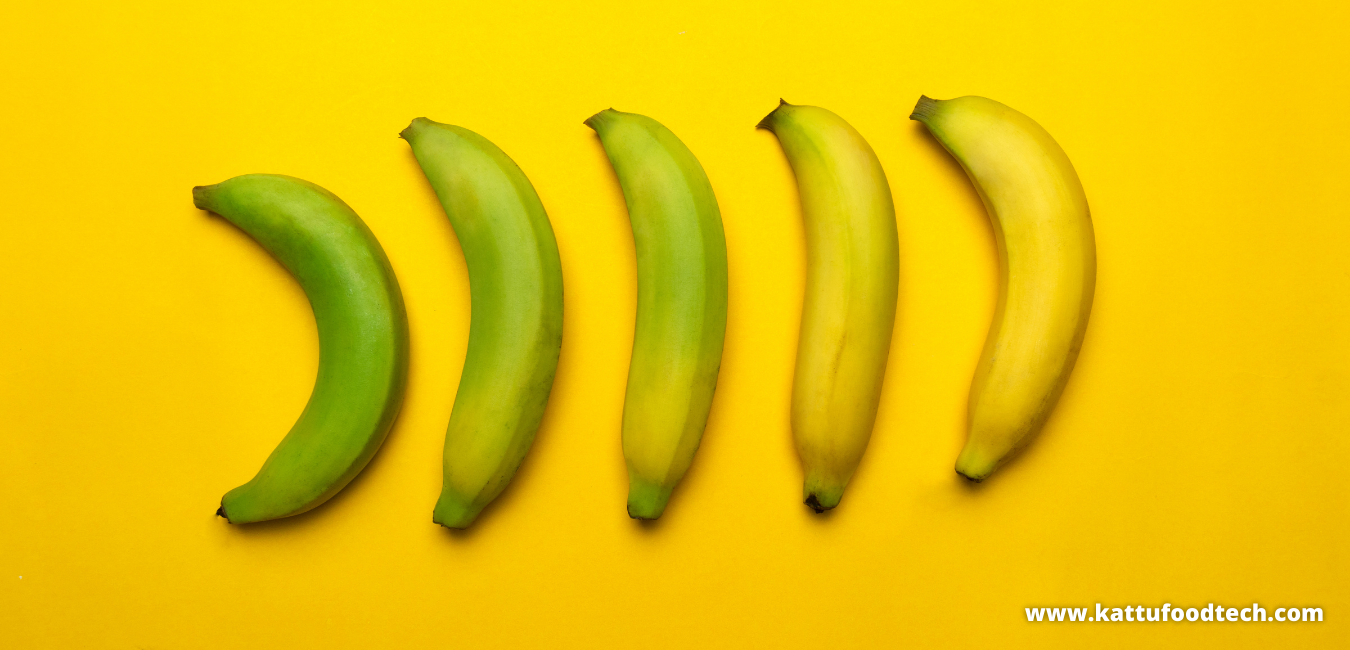Currently Empty: $0

Food Science & Technology Quiz (15-01-2022)
Q1. Banana and broad beans may turn pink during processing due to the presence of?
- Leuco-anthocyanin
- Carotenoids
- Chlorophyll
- Polyphenols
ANSWER: A. Leuco-anthocyanin
- Explanation: Anthocyanins are responsible for the red and violet color in fruits and vegetables, and this must be taken into account during processing because the color progressively fades into the syrup or brine used in canning. Because of the presence of leuco-anthocyanin, certain fruits and vegetables, such as guava, litchi, banana, and broad beans, may become pink after processing, but this appears to vary by variety.
READ MORE – Food Science & Technology Quiz (15-12-2021)
Q2. Dispersions of starch gum and protein in water is an example of?
- Lyophilic sols
- Lyophobic sols
- Emulsion
- Aerosol
ANSWER: A. Lyophilic sols
- Explanation: Colloidal systems in which a solid is disseminated in a liquid are known as sols. These are separated into two groups. a. Lyophilic sols (solvent-loving sols) b. Lyophobic sols (solvent-hating sols) (solvent hating). Lyophilic sols have a dispersed phase that has a distinct affinity for the medium or solvent. Dispersions of starch gum and protein in water, for example.
READ MORE – Food Science & Technology Quiz (25-12-2021)
Q3. _______ is a measure of the energy needed to inflate the dough and is derived from the area under the curve.
- Overpressure
- Deformation energy
- Biaxial extension
- Extensibility
ANSWER: B. Deformation energy
- Explanation – As a dough bubble is expanded until it breaks, the Alveograph detects the air pressure inside it. It enables the calculation of the maximum overpressure (P), which corresponds to dough deformation resistance, and the average length of the curve baseline at rupture (L), which is a measure of dough extensibility. The deformation energy (W) is obtained from the area under the curve and is a measure of the energy required to inflate the dough. W stands for the flour’s tensile strength.
READ MORE – Food Science & Technology Quiz (05-01-2022)
Q4. Nutritive value comes under _______ characteristics of quality.
- Sensory characteristics
- Hidden characteristics
- Quantitative characteristics
- All of the above
ANSWER – B. Hidden characteristics
- Explanation: Quality is a measure of a product’s level of excellence or customer acceptance. Sensory characteristics, hidden features, and quantitative qualities are the three primary types of product quality characteristics. Nutritive value, the presence of mild adulterants, and the presence of dangerous compounds are examples of hidden quality qualities that the customer cannot judge with his senses.
READ MORE – Food Science & Technology (05-11-2021)
Q5. ______ is a dry puckery sensation due to the precipitation of the proteins in the saliva and the mucous membrane lining of the mouth.
- Sour
- Astringency
- Sweetness
- Both A and B
ANSWER: B. Astringency
- Explanation – Astringency is a dry puckery sensation caused by protein precipitation in saliva and the mucous membrane lining of the mouth, robbing them of their lubricating properties. Astringents can also restrict the ducts that connect the salivary glands to the mouth. Astringent fruits include cashew fruit, wood apple, blueberry, and gooseberry.
READ MORE – Food Science & Technology Quiz (14-01-2022)

 0
0

